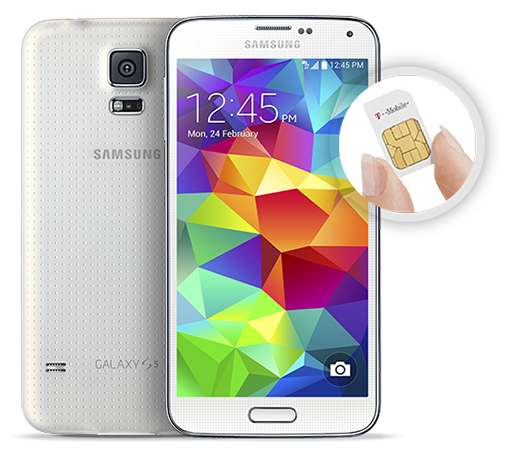If you think about what your digital experience will be in 3 to 5 years, what can you expect? Transformation of the entire digital landscape is changing rapidly with new mobile capabilities coming online seemly every day. Many of these capabilities will enhance our customers’ experiences, while others will turn out to be not so helpful.
Michael Krypel from Adobe talked about using optimization techniques to improve the customer experience. Optimization means testing different concepts, measuring their effectiveness and then adjusting the experience to make it better.
Businesses must translate their ideas into something that the customer can see, touch, feel, talk to, or listen to. This is the definition of customer-centric design.
Three tenets for customer-centric design:
- Qualitatively and quantitatively understand customer goals. Quantitave aggregates the What, while the Why is discovered qualitatively.
- Continually realign the business and customer goals. Only the most customer-centric business survive.
- Experiment with new products and services is the only reliable way to determine if a product or service is useful for customers.
Strategically, optimization requires a program maturity model to evolve the culture of optimization. Organizations have to be organized for optimization because there are a lot of roles involved in testing and learning cultures. A key skill set of the future is the ability to solve visual and auditory problems at the intersection of design, data, marketing, and technology.
T-Mobile’s Ryan Pizzuto spoke about tests that T-Mobile has run to optimize their customer experiences.  They start with a control experience. They first removed a central link on the page and tested the experience. The resulting data showed that removing that link on the page resulted in a 24% lift in conversion rate.
They start with a control experience. They first removed a central link on the page and tested the experience. The resulting data showed that removing that link on the page resulted in a 24% lift in conversion rate.
In another test, T-Mobile started selling phones independent of the plan, which exposed the full price of the phone to the consumer. So instead of getting a free phone and paying for the true cost in the monthly services fees, T-Mobile wanted to lower the price of the plan. In the first try at this on their site, they made the full price not so apparent of the site, and it apparently caused confusion among the consumers and orders dropped off. They decided to test the way the prices was displayed, and created a better version of the price section on the site. In the new version they saw a 16% improvement in conversion and 56% improvement in average order value.
T-Mobile’s examples really showed true wins for the optimization of the content on the site.
